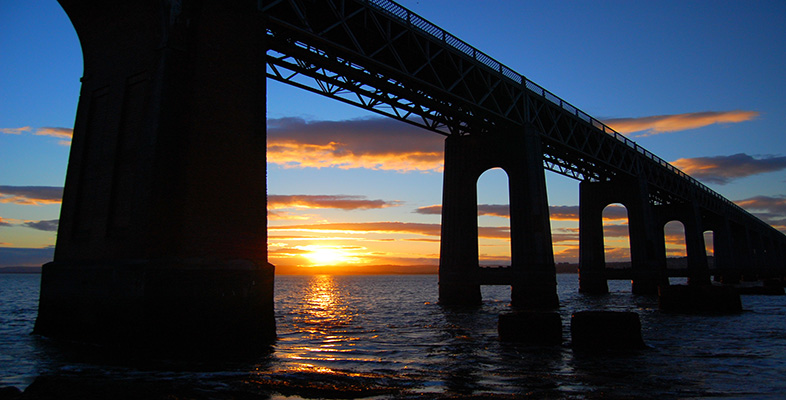2.2 Transportation disasters
Movement of people and goods was one of the main outcomes of the industrial revolution in Britain in the late-eighteenth century, starting with canals, which were displaced gradually by railways. Industrialisation came through innovation in manufacture, especially the development of mass-produced materials such as cast-iron. While the material had been known and used since the Elizabethan period, it could only be made in small quantities by smelting iron ore with charcoal.
The Darby family of Coalbrookdale were the first to develop the use of coke in smelting ore. The coke itself was made by burning certain types of coal with a restricted supply of air, so that the carbon content was conserved, and transforming the coal into porous nodules capable of supporting a mass of material above. The coal was mined locally and the large quantities of iron that became available as a result of improved and larger furnaces using the new fuel, was cast directly into sand moulds to make domestic items such as cooking pots, grates, fireplaces, and stoves. Design with the new material culminated in the construction of the first cast-iron bridge across the Severn (see Input 4, linked below).
Click 'View document' below to open Input 4
View document [Tip: hold Ctrl and click a link to open it in a new tab. (Hide tip)]
